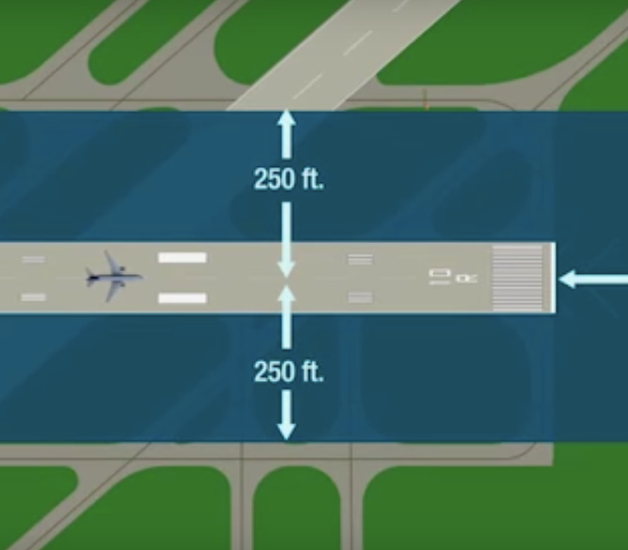On November 18th 2022, a fatal accident occurred as a consequence of a collision between an aircraft and a firefighter truck, the incident took place on the runway while the aircraft was on departure and the truck was performing a rescue training. There were some injuries amongst passengers, two fire fighters death and a third one remains in an ICU.
Background
The airport Jorge Chavez at Lima-Peru is currently under an expansion and upgrading project that will provide a second runway, a new passengers terminal, a new control tower, new service areas and complementary logistics facilities in the surroundings.
During construction, there are different tasks performed such as; pavement of roads and taxiways, building facilities (new fire station) amongst some other infrastructure.
Ongoing Works
Regarding IAM (Infrastructure Asset Management) the project is undergoing a transition from the planning to the acquisition phase, transitional stages are usually critical because of the need to bridge some management gaps.
During construction there are some risks as a consequence of unfinished infrastructure, the unavailability of some complementary safety installations (signals, painting on pavement, edge markings, lighting, alarms, etc.) and the need to manage operational procedures that engage new facilities and pre-existing infrastructure.
Regarding operational procedures at an airport, incursions on the runway have been extensively analyzed in the USA (FAA), and a Program to mitigate and prevent incidents has already been implemented.
Performance metrics are essential for assuring the program effectiveness, amongst these, there are at least three key considerations that should be taken as following detailed:
-
-
- Airfield Rehabilitation Plans
- Physical and Operational constraints
- Implementation of a Local Runway Safety Action Team
-
Regarding operational procedures, the Control Tower at Jorge Chavez airport considers two different controls for traffic management, one is targeted toward land-side traffic, and the other addresses air-side traffic, so there is also a transition between the moment an aircraft reaches the point of departure and the moment it initiates take-off. This transition if not properly managed could create a gap and cause an incident.
Communication protocols save lives especially in the aviation industry, however design has also a key role to play on this regard. Within IT-Systems, redundancy is a safety measure, as defined “backup equipment or links that immediately take over the function of equipment or transmission lines that fail”
Regarding design, some improvements for safety in USA airports, especially within incursions incidents, have come as a consequence of changing design of roads, and taxiways. Interceptions between taxiways, runways and roads are critical places and are acknowledged as hotspots.
Conclusion
From a preliminary perspective, regarding the accident in Lima-Peru, changing the design of the interception between the road from the fire station toward runway to a 45° instead of a 90° interception may improve visibility of any possible aircraft on departure and then prevent an unsafe incursion of the firefighter truck on the runway.
We should consider that the speed of both, the aircraft during take-off (+- 170/ mph) and the firefighter truck during an emergency (+- 50/mph) decrease significantly the response from pilots and drivers respectively so the risk of an accident is higher.
The new terminal at Lima-Peru aims to become a first-class facility, however, to achieve this goal, it must implement better safety, security and operational protocols besides just new infrastructure.
Conceptual Diagram (see picture)


